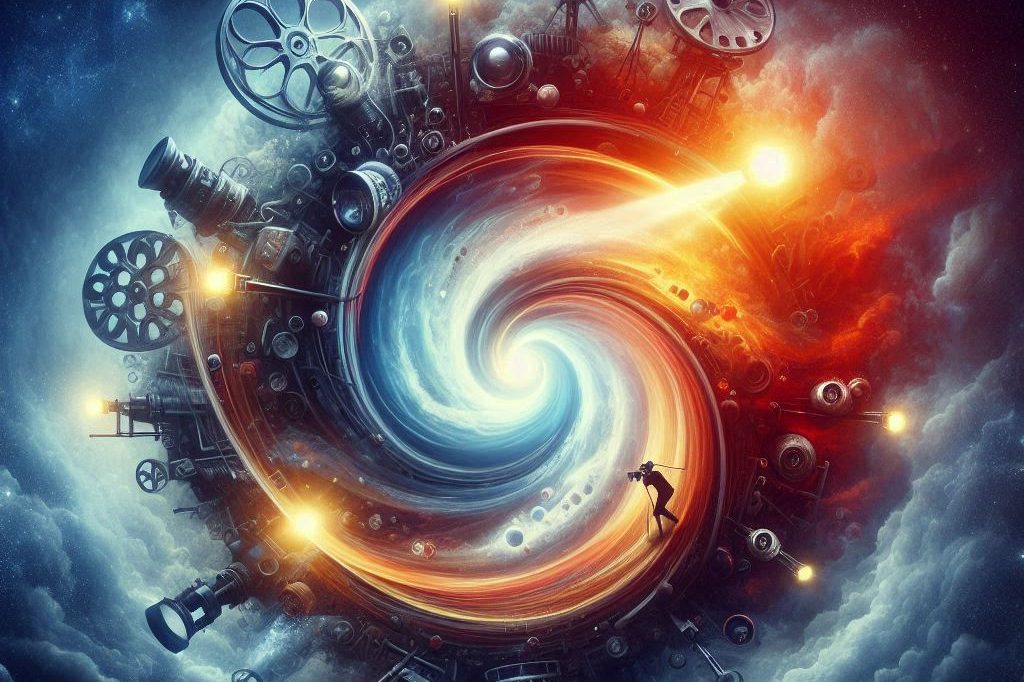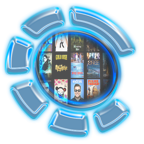
The Unseen Powerhouse: Exploring the World of Movie Soundtracks
For decades, the magic of cinema has been interwoven with the power of music. More than just background noise, movie soundtracks are integral to the cinematic experience, shaping our emotions, enhancing the narrative, and often becoming cultural touchstones in their own right. From the sweeping orchestral scores of classic Hollywood to the genre-bending soundscapes of modern blockbusters, the soundtrack is a crucial element in the art of filmmaking. We’re diving deep into the world of movie music, exploring its impact on entertainment and the key trends shaping its future. 🎉
More Than Just Background Noise: How Soundtracks Enhance the Narrative
Consider the iconic shower scene in Alfred Hitchcock’s Psycho. The chilling strings, composed by Bernard Herrmann, are synonymous with suspense and terror, elevating the scene far beyond what the visuals alone could achieve. This is the power of a truly effective soundtrack. It doesn’t simply accompany the action; it *becomes* the action, amplifying the emotional impact and creating a lasting impression on the audience. A well-crafted soundtrack can subtly manipulate our feelings, building anticipation, heightening tension, or evoking profound sadness or joy. Think of the soaring melodies in The Lord of the Rings trilogy, perfectly complementing the epic scale of the story. The music isn’t just a complement; it’s a crucial character in the narrative.
Trending Sounds: A Look at Current Soundtrack Styles
The landscape of movie soundtracks is constantly evolving. While orchestral scores still hold a significant place, we’re seeing a surge in diverse and innovative approaches. Indie-pop and electronic music are increasingly prevalent, reflecting the changing tastes of audiences and the experimentation of modern composers. Furthermore, the use of existing songs in films – often referred to as “needle drops” – has become a powerful storytelling tool. A carefully selected song can instantly evoke a specific time period, mood, or even a character’s inner thoughts. This approach allows for a unique blend of established music and original composition, offering a richer auditory experience.
The Business of Soundtracks: From Vinyl to Streaming
The success of a movie soundtrack extends far beyond the cinema. Soundtracks are significant revenue streams for studios, and their popularity can launch the careers of both composers and artists. The shift to digital streaming platforms has fundamentally altered the music industry, influencing the way soundtracks are consumed and marketed. While physical copies like vinyl records are experiencing a resurgence in popularity amongst collectors and enthusiasts, the ease of access and instant gratification offered by streaming platforms like Spotify and Apple Music have made movie soundtracks readily available to a global audience. This accessibility has undoubtedly boosted the popularity of many soundtracks.
Iconic Soundtracks That Defined Generations:
Some soundtracks transcend mere accompaniment; they become cultural touchstones. Let’s highlight a few examples:
- Saturday Night Fever (1977): A disco masterpiece that captured the era’s energy.
- Purple Rain (1984): Prince’s iconic soundtrack redefined music and film.
- Guardians of the Galaxy (2014): A perfectly curated mix tape of classic rock anthems.
These soundtracks didn’t just accompany the movies; they defined them, becoming synonymous with their respective eras and sparking lasting cultural impact.
The Future of Movie Music: A Symphony of Innovation
Looking ahead, the future of movie music seems bright. We can expect to see even more experimentation with genre-bending sounds, further integration of existing music with original compositions, and the continued exploration of interactive and immersive audio technologies. The collaboration between composers and film directors will likely intensify, leading to increasingly sophisticated and emotionally resonant soundtracks. As technology advances, expect to see innovative uses of virtual and augmented reality, adding another layer of engagement to the movie-going experience.
Conclusion: A Harmony of Sight and Sound
The art of movie soundtracks is a testament to the powerful synergy between music and film. More than simply enhancing the visuals, soundtracks shape our emotional responses, elevate narratives, and often become cultural artifacts. As technology evolves and audiences’ tastes continue to shift, the creative possibilities within this realm appear limitless, promising an exciting future for the art of movie music and the broader entertainment landscape. The soundtrack isn’t just a supporting player; it’s the conductor of the cinematic symphony. 🎼


